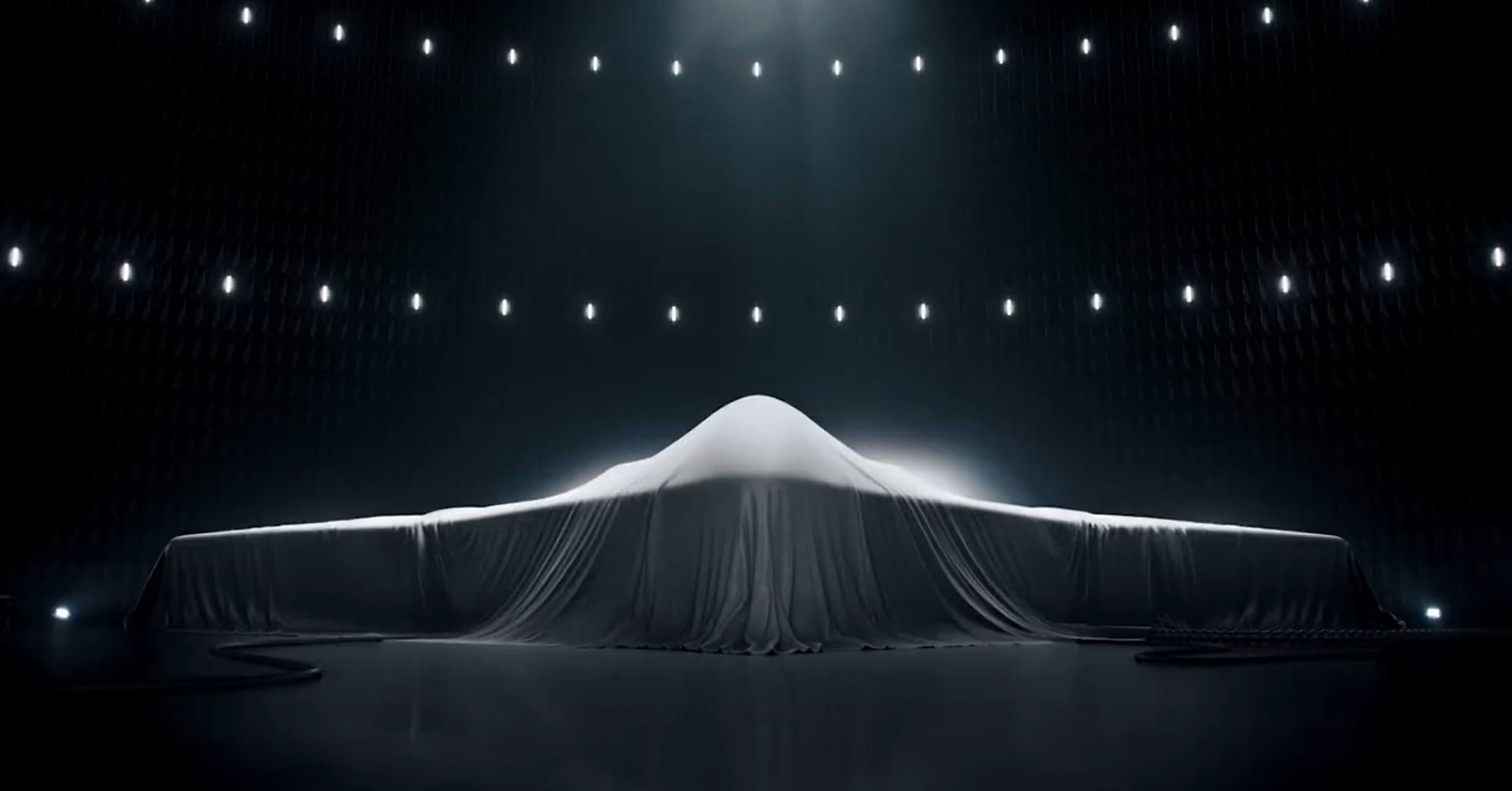In a recent set of remarks, Bill LaPlante, the undersecretary of defense for acquisition and sustainment, commented: “Ukraine is not holding their own against Russia with quantum [computing]. They’re not holding their own with [artificial intelligence]. It is hardcore production of really serious weaponry, and that’s what matters.”
With the U.S. Air Force set to unveil its new B-21 bomber next month, the perspective behind these comments is especially important.
The Air Force has grown far too old, small and fragile when it comes to its combat aircraft inventories. Nowhere is this more glaring than in the field of the long-range strike mission. The B-21′s transition from concept to reality marks a particularly important opportunity for the Air Force to reset this imbalance.
The ability to hold any adversarial target around the globe at risk is a crucial capability because it allows commanders the opportunity to strike aim points often sheltered deep behind enemy lines that are crucial to sustaining an enemy’s ability to sustain combat operations. Strike enough of these targets in a rapid, decisive fashion, and an enemy nation will struggle to project combat power. This is wholly different than front-line, force-on-force battles, which normally leave core interior targets untouched.
However, while commanders value the long-range strike mission, the tools to execute these sorties are increasingly in short supply. At the end of the Cold War, the Air Force had over 400 bombers. Today, it has 144. Of those, only 59 are available to fly missions at any given time. The vast majority — the B-52 — was built in the late 1950s and early 1960s. The remaining B-1s and B-2s were constructed in the 1980s and 1990s, respectively. And the B-2 inventory, which marks the total sum of America’s stealthy long-range strike capacity, stands at a total of 20 airframes.
Less than half of those B-2s are available for missions at any given time. Added to all of this, there will always be some bombers fenced from standard combat missions to support the nuclear triad. So what was already the smallest number of bombers the Air Force has ever fielded in its history grows even smaller when pragmatic factors are considered.
The reason why those numbers are so shocking ties back to mission demand. The 1991 Desert Storm air campaign saw aircraft strike over 40,000 aim points. A war against a peer adversary like China would involve many times that. Nor is there a guarantee that we will fight one war at a time. Concurrent operations in geographically distinct regions are a very real possibility.
Bottom line: Whether you look at the total 144 bombers the U.S. possesses today, the 59 that are mission-capable at any given time or the percentage of those that are the stealthy B-2s, America simply has far more demand for long-range strike aircraft than planes and crews. An effective warfighting strategy demands overwhelming projection of power across a broad range of vital enemy targets. That simply is not possible given today’s anemic numbers.
Nor are there viable fallback options. The other service branches do not have bombers, nor do our allies and partners. While stand-off strike systems like cruise missiles exist, they are often quite costly on a per-unit basis and are only available in limited numbers.
Note the capacity challenges military leaders are citing when it comes to supplying armaments to Ukraine. These margins are far tighter when it comes to long-range missiles that cost eight figures per shot. That is one of the key reasons bombers present such strong value: They can carry munitions that are far less costly deep behind enemy lines for employment in large numbers. It yields to far more efficient, sustainable operations.
That is why the B-21′s unveiling is such a big deal. It represents a crucial step on the path to rebuilding a core part of America’s arsenal. As Under Secretary LaPlante categorized it: “hardcore production of really serious weaponry.”
With the last B-2 produced in 1997, it has been over two decades since America has had the opportunity to rebuild its bomber inventory. In those ensuring years, existing types, especially the B-1, were flown so hard in support of combat operations in Afghanistan and Iraq that they were literally exhausted from a structural perspective. B-21s cannot begin populating Air Force ramps fast enough.
Of course, the technologies referenced by Under Secretary LaPlante, like quantum computing and AI, will prove essential, and the U.S. must strive to maintain a decisive advantage in these lanes. However, the technologies that close kill chains must be procured in sufficient volume to meet stated requirements. The decision advantages yielded by the other technologies are largely irrelevant if the ultimate tool required to secure the effect has not been built.
It has been decades since the Air Force has done this when it comes to manned combat aircraft. Note how the B-2 and F-22 were both curtailed well short of their target build numbers. Decisions to boost F-35 build rates to previously stated goals are lagging. Given the threat posed by China, this halfhearted approach to defense must end. If people think systems like the B-21 are costly, they should consider the expense involved with not having them. That’s called defeat.
Douglas Birkey is the executive director at the Mitchell Institute for Aerospace Studies.







